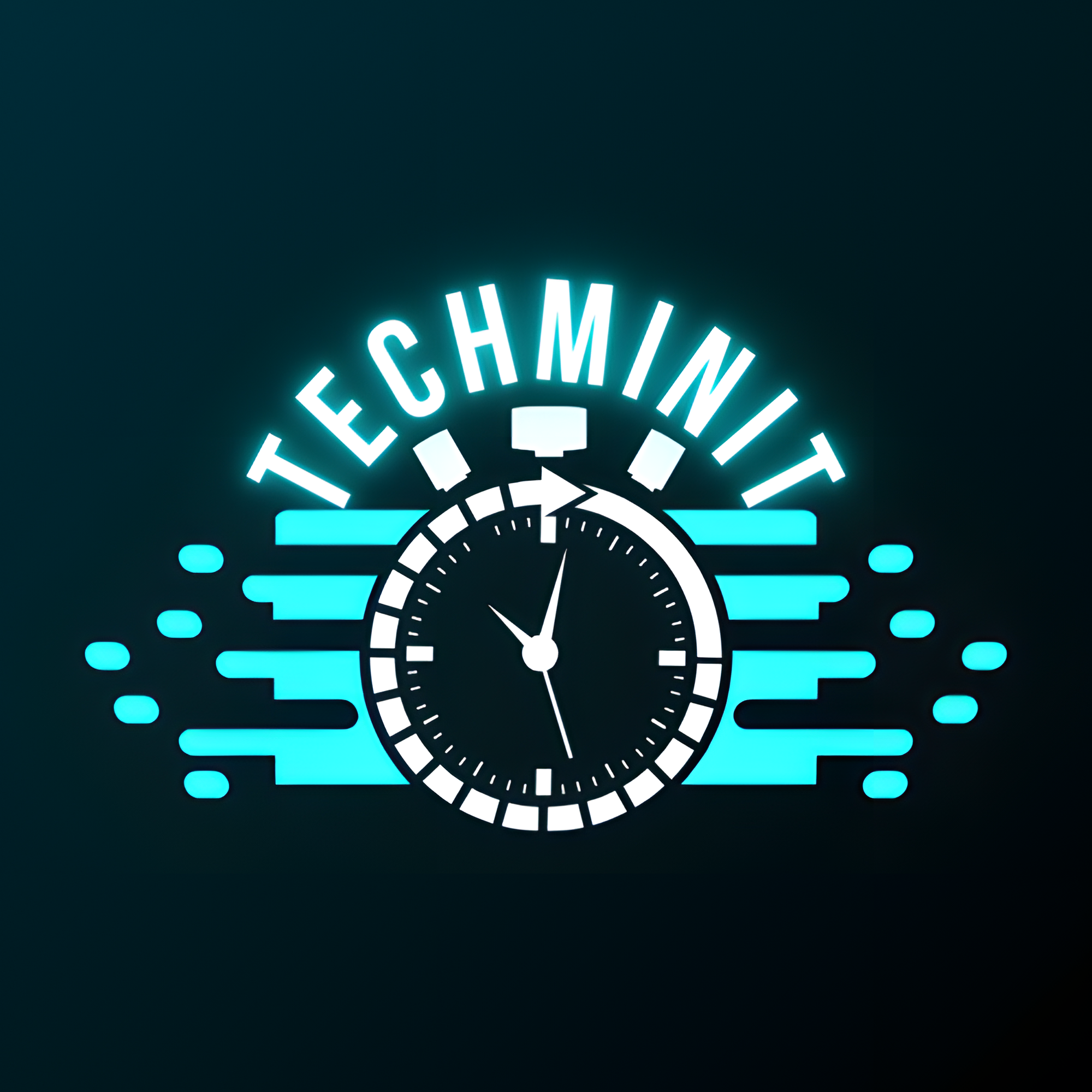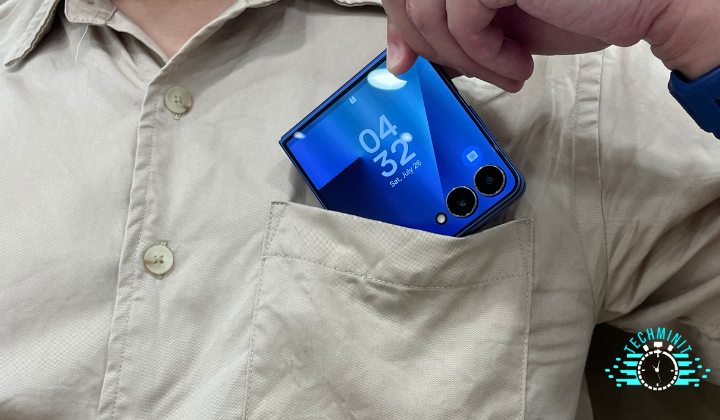The Samsung Galaxy Z Flip7 is the latest iteration of Samsung’s flip-style foldable, and it refines the formula with subtle but meaningful upgrades.
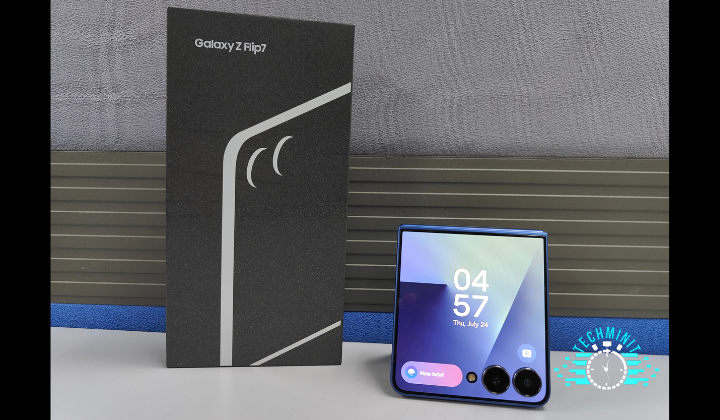
What’s in the box

You get the phone, a USB-C charging cable, a SIM removal tool, and a quick start guide. That’s it, as usual. No surprises here.
Design and build quality
Design-wise, the Z Flip7 is slightly wider and thinner than its predecessor, measuring 166.7 x 75.2 x 6.5 mm when unfolded and 85.5 x 75.2 x 13.7 mm when folded. The Armor Aluminum frame and Gorilla Glass Victus 2 on the back provide durability, while the IP48 rating ensures resistance to dust and water immersion up to 1.5 meters for 30 minutes.
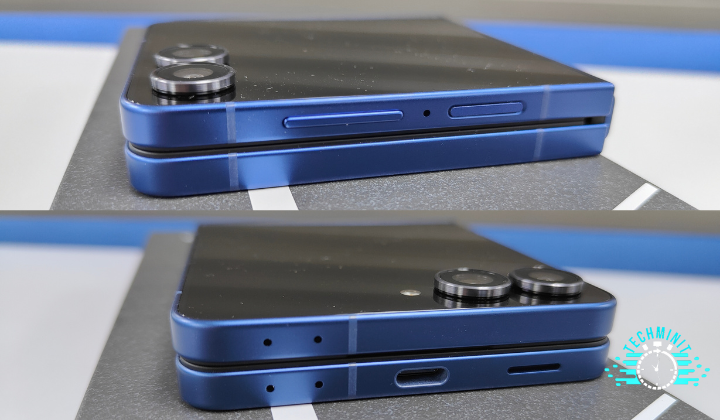
The hinge has been refined for smoother operation, and the phone weighs just 188 grams, making it one of the most pocketable devices on the market. However, the side-mounted fingerprint scanner can be finicky and the frame is kind of slippery, sometimes I’m having trouble unfolding it even with my two hands.
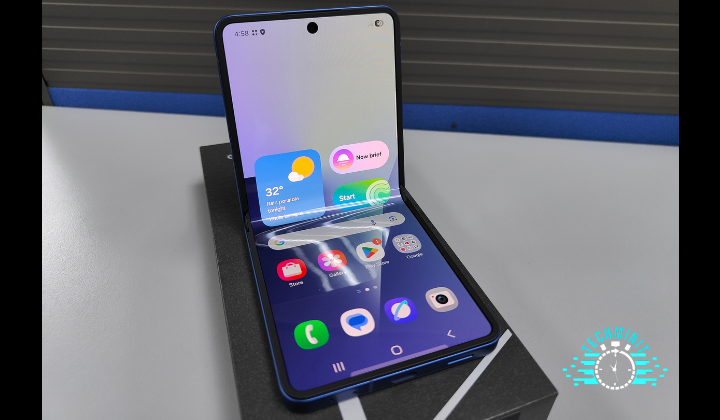
I’m a huge fan of the Blue Shadow colour, it looks absolutely stunning under any light, really making that blue hue pop.
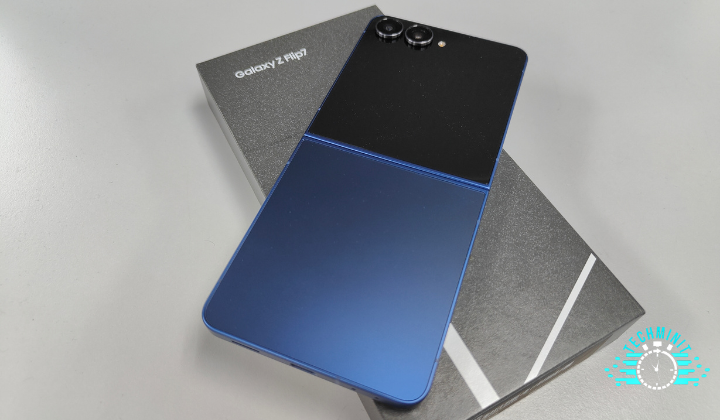
Display
One of the most noticeable improvements is the display. The Z Flip7 features a 4.1-inch Super AMOLED LTPO cover screen, up from 3.4 inches on the Z Flip6, with edge-to-edge usability and a peak brightness of 2,600 nits.
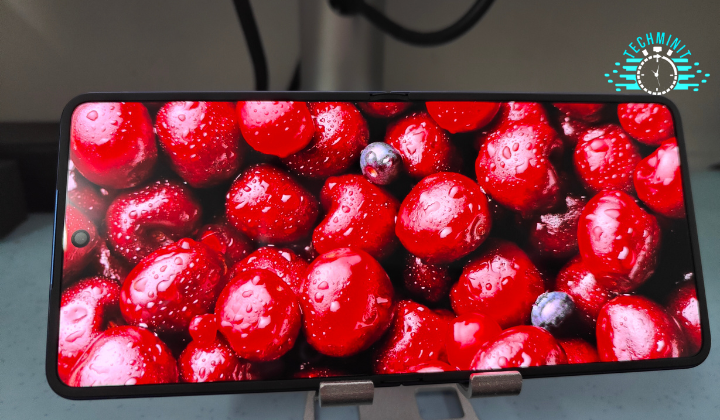
The bigger cover screen makes it easier to check notifications or take quick selfies without unfolding the phone .
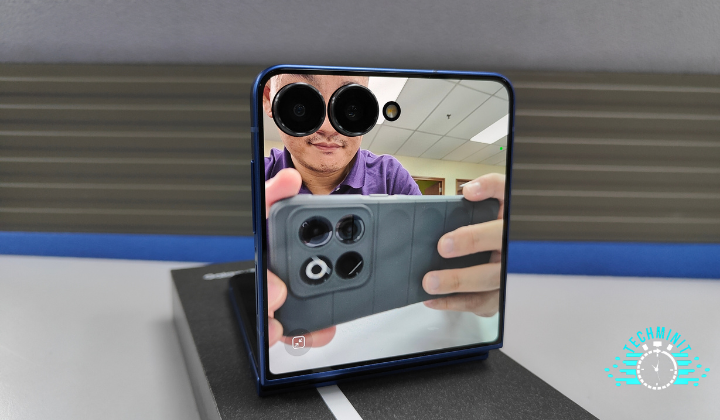
The inner display has also grown from 6.7 to 6.9 inches, maintaining a 120Hz adaptive refresh rate for smooth scrolling and interactions.
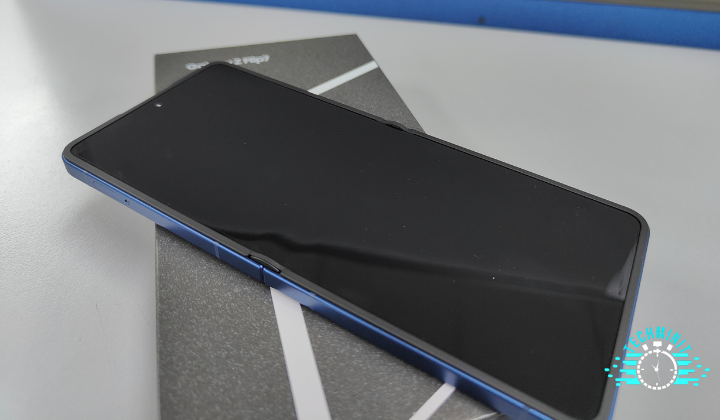
Both screens are vibrant and responsive, though the crease from the folding mechanism is still somewhat visible, albeit less distracting when the display is active.
Performance
Under the hood, the Z Flip7 swaps the Qualcomm Snapdragon chipset for Samsung’s in-house Exynos 2500, paired with 12GB of RAM. Performance is generally solid for everyday tasks, but the phone tends to run warm rather quickly, even during light use like browsing or taking photos. If you are looking to play mobile games for a long stretch of time, this is not the phone for it.
Camera
The camera system remains largely unchanged, with a 50MP main sensor and a 12MP ultrawide lens. While the hardware isn’t groundbreaking, Samsung’s ProVisual Engine and AI enhancements improve low-light performance and detail. All these photos were taken with the default settings.
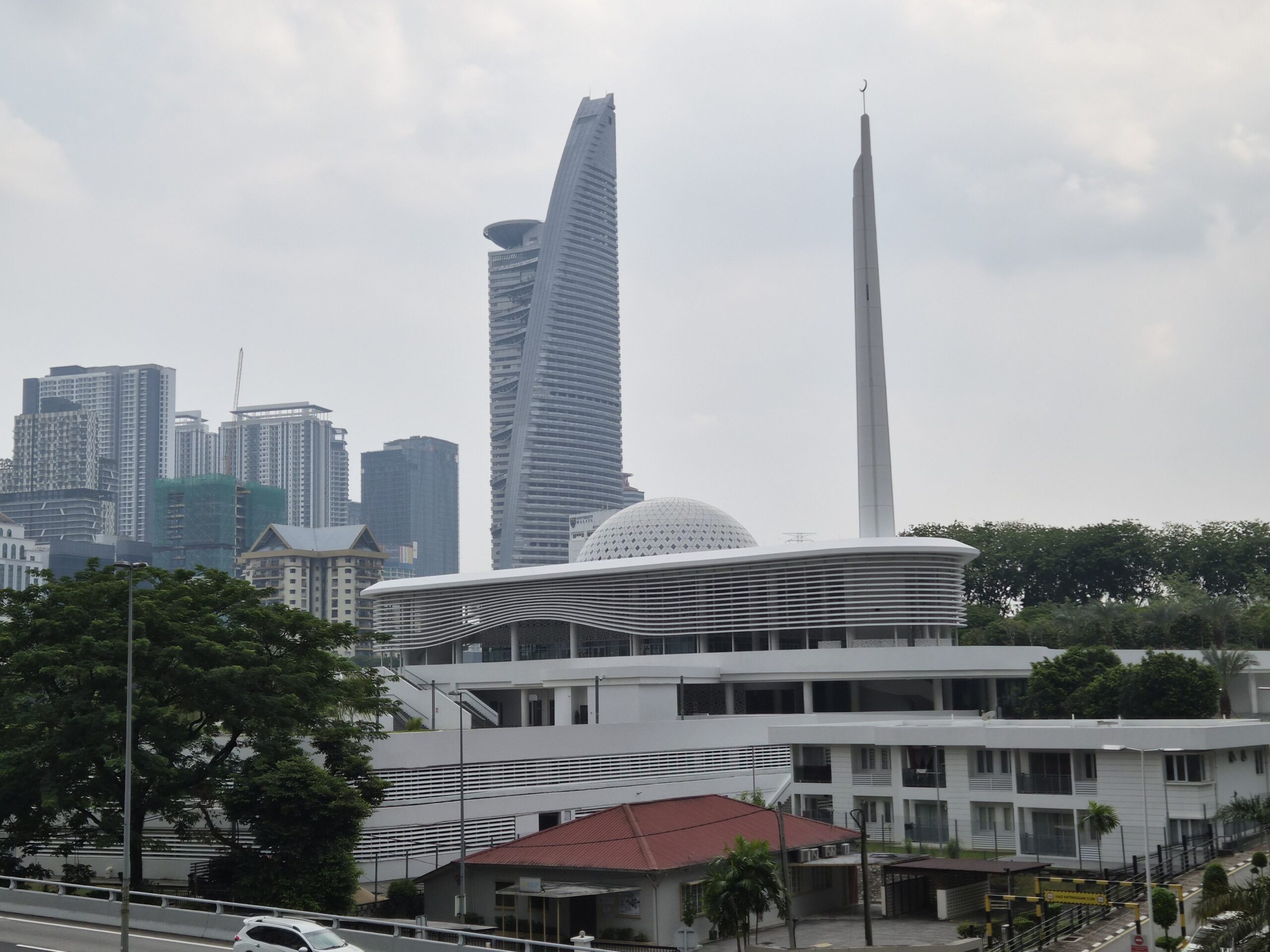
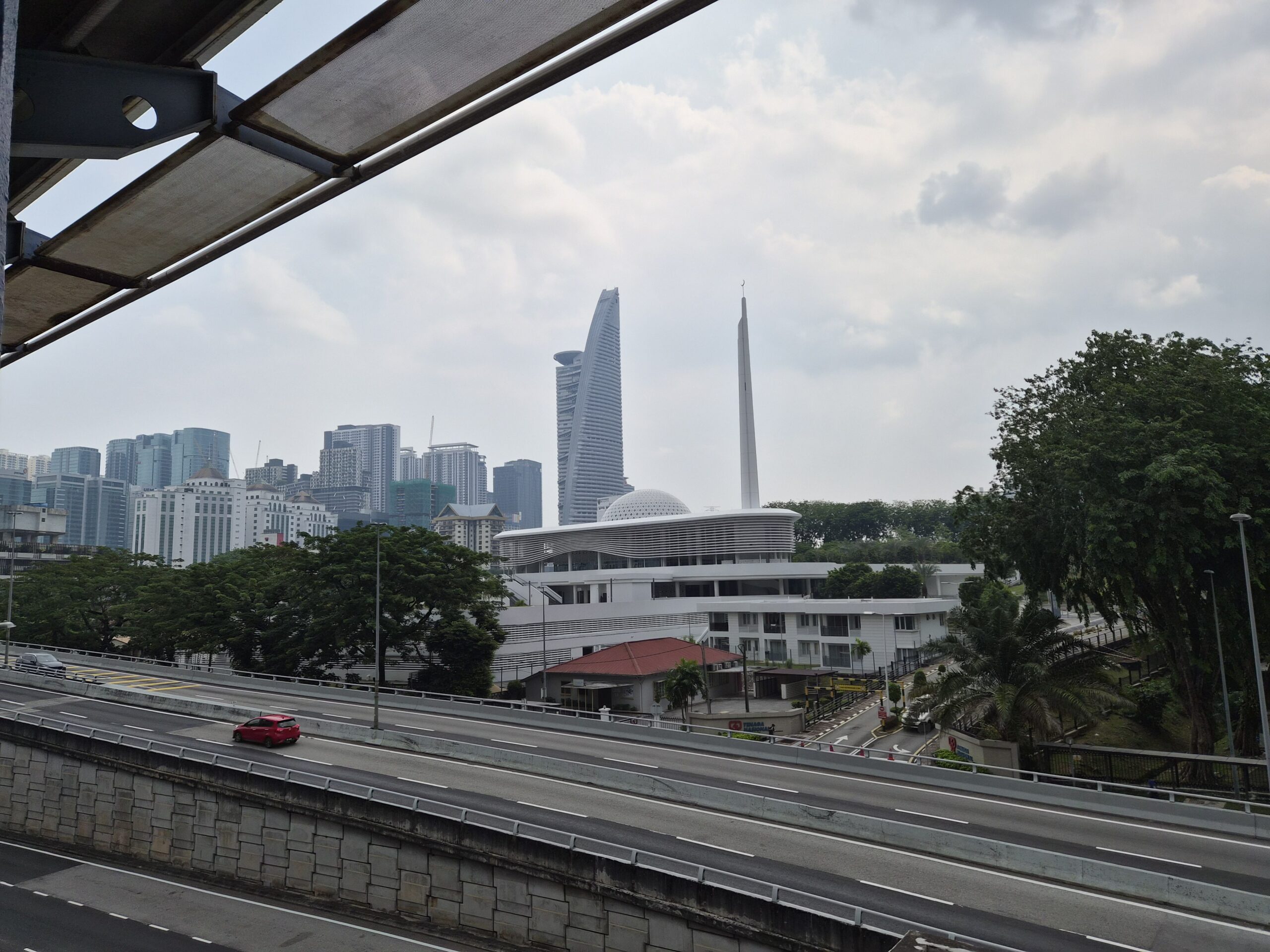

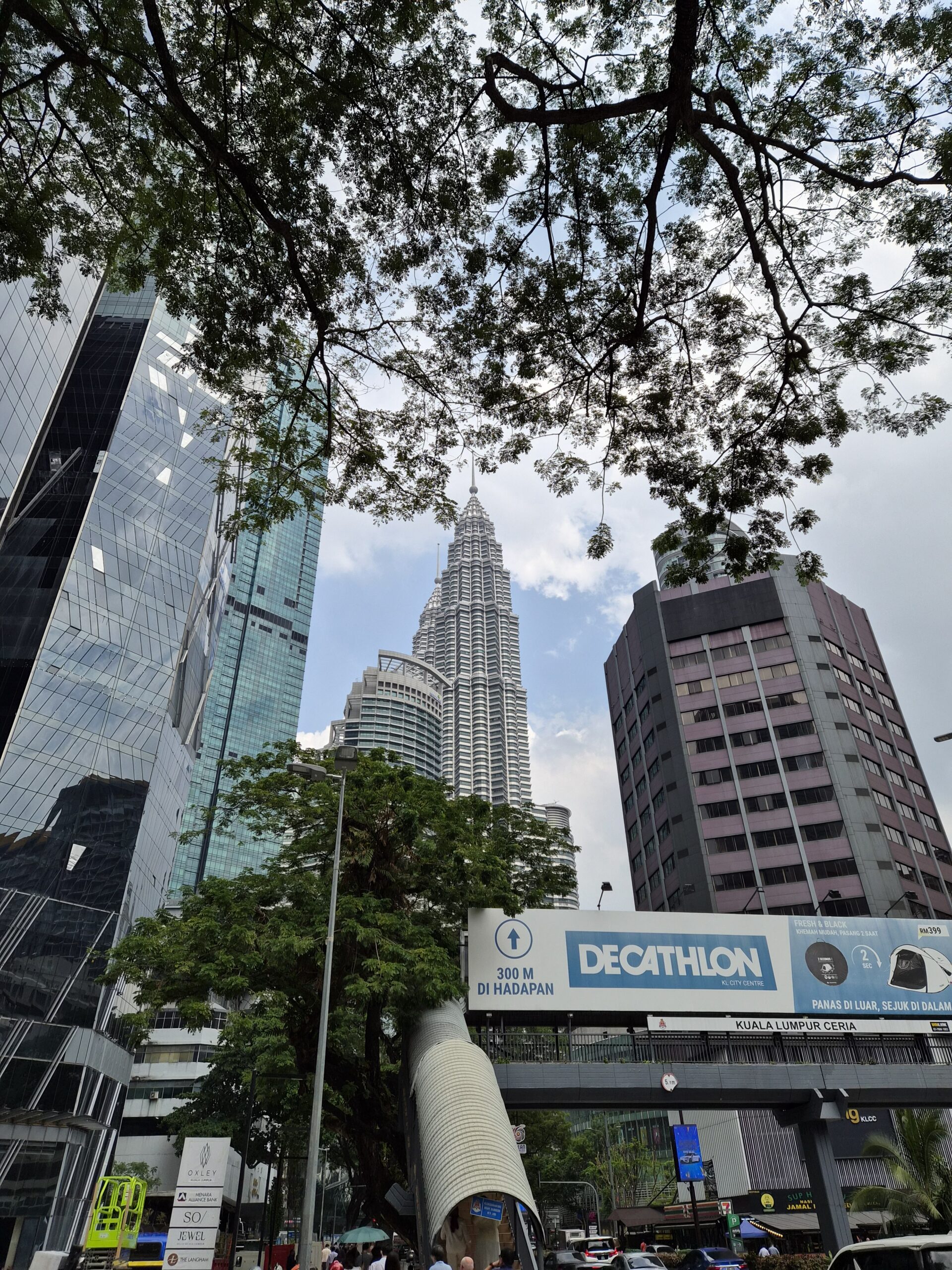
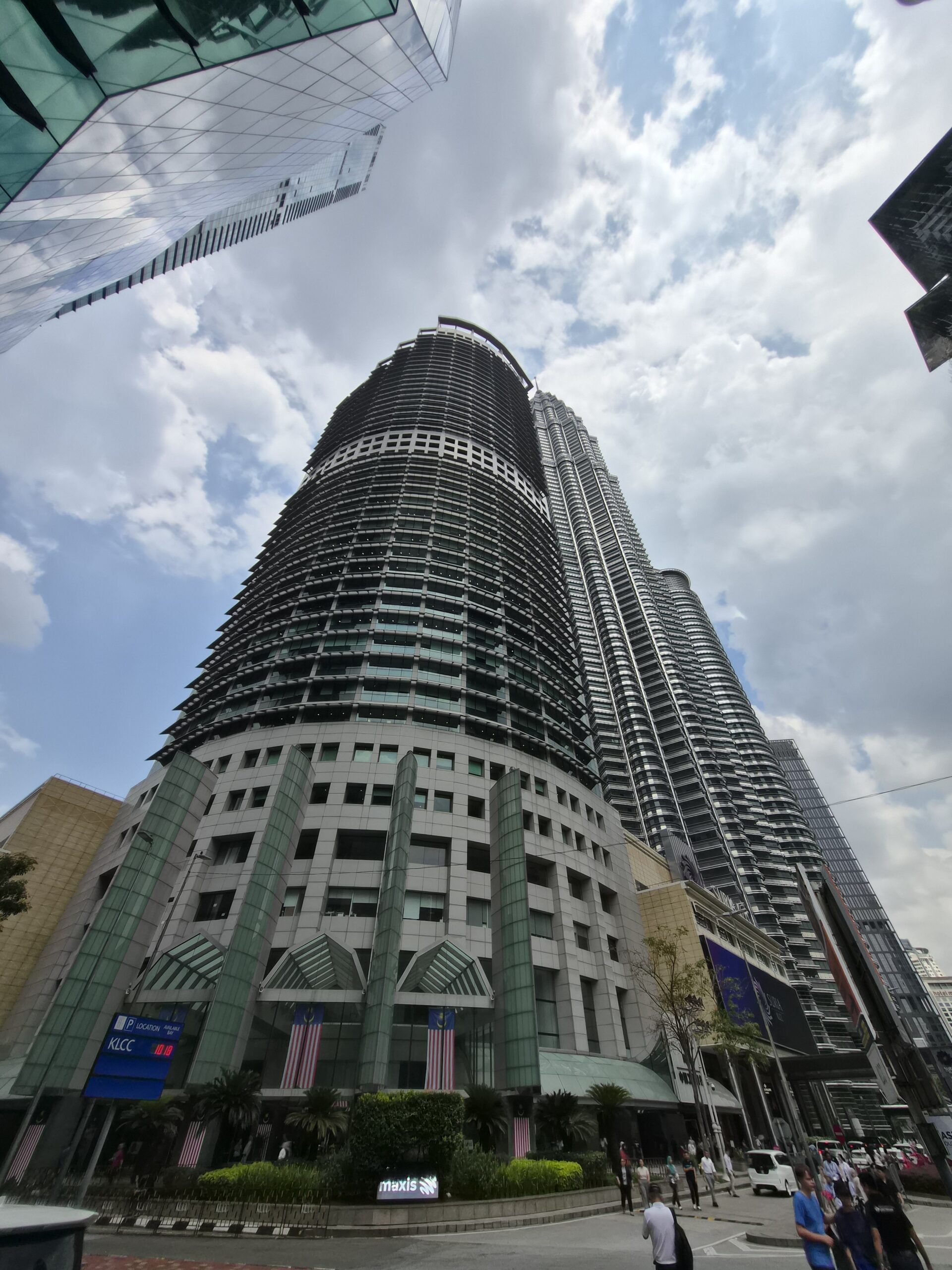





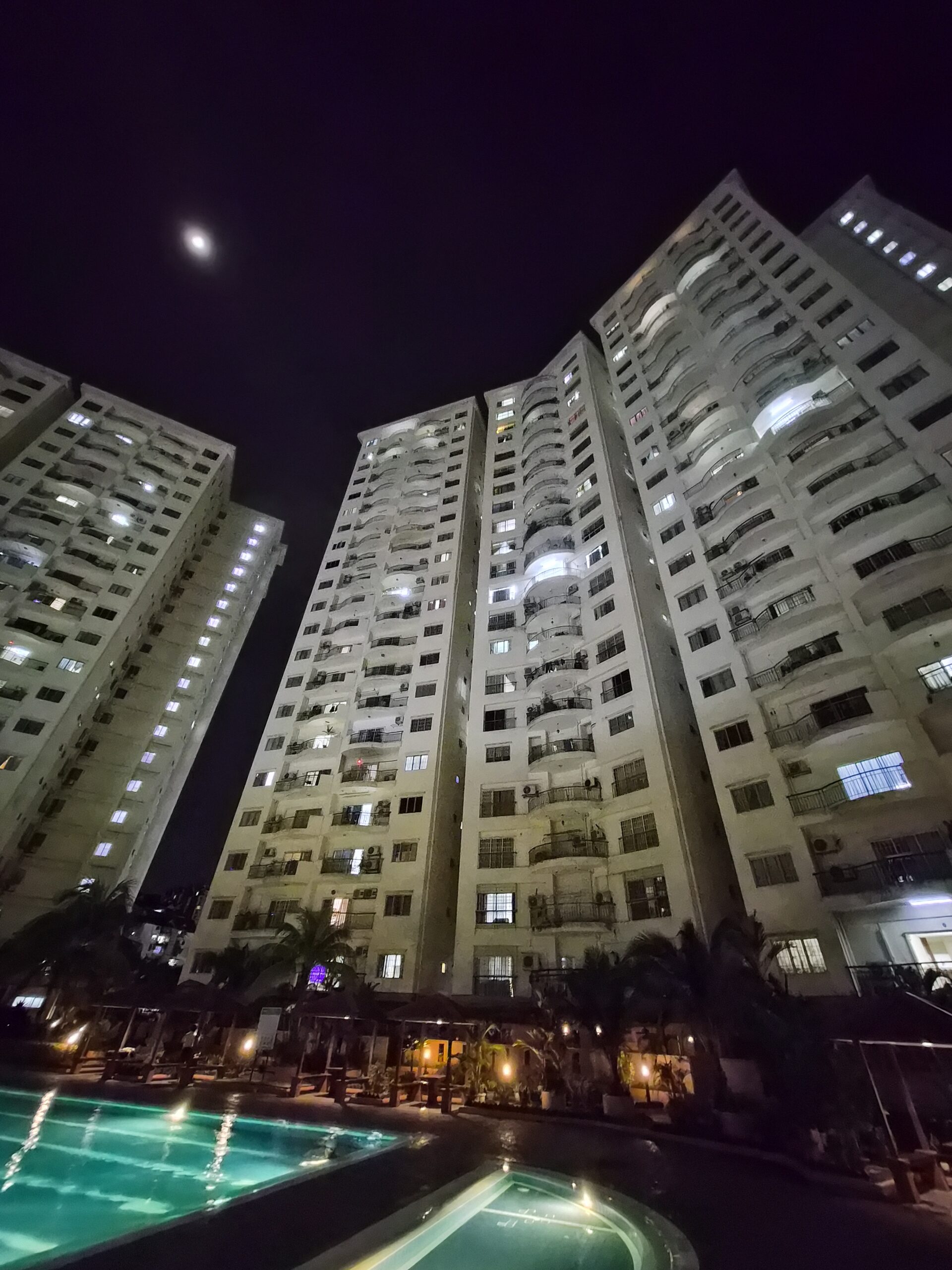
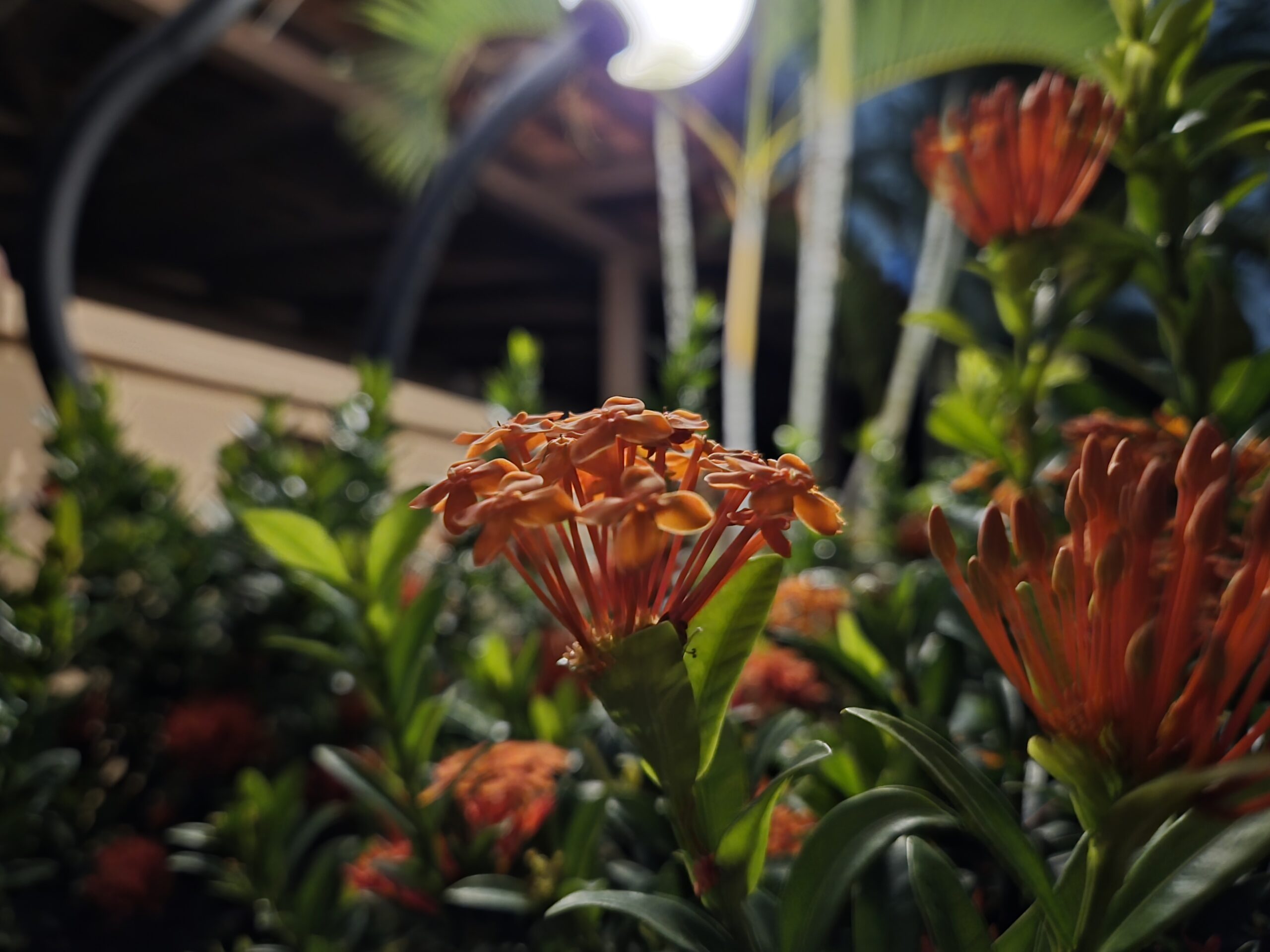
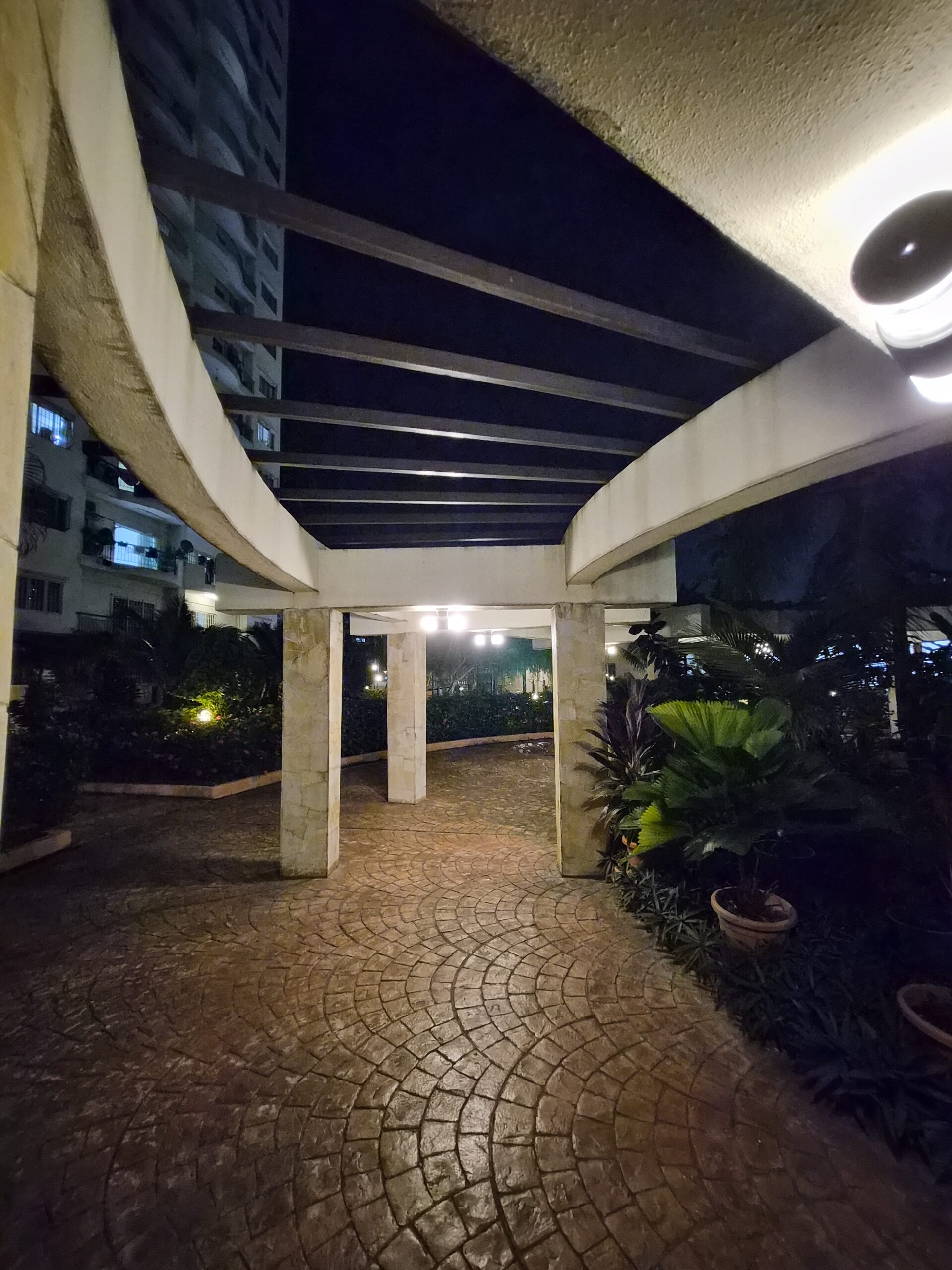
The main camera does shoot great photos outdoors and in good light but can be a bit smeary and grainy when it is dark. The ultrawide camera is doing fine; it’s sharp enough if shot under good lighting conditions and acceptable while shooting in low-light situations.
The cover screen make it easier to capture high-quality selfies without unfolding the phone. Taking photos with it, is one of my favourite features and my wife absolutely loves it too.

Video capabilities include 4K recording at 60fps and 10-bit HDR for richer colours, though the lack of a telephoto lens is a missed opportunity.
Battery life
The 4,300mAh battery is the largest in the Z Flip series, though I still find myself reaching for the charger before the end of the day. This is not an-all day phone, especially if you are a semi-heavy to heavy user like me.
The phone only supports 25W wired charging, and it took roughly one and a half hours to go from zero to 100%. Samsung really needs to step it up in this department. Perhaps the next Z Flip phone will give us at least 45W.
Software
Where the Z Flip7 truly shines is in its AI integration. Running Android 16 with One UI 8, it offers features like Gemini Live for voice-activated assistance, Now Bar and Now Brief for real-time updates on the cover screen, and enhanced personalisation options. Samsung finally brought DeX support to the Z Flip and it’s a welcome addition, allowing the phone to double as a desktop workstation when connected to a monitor.
Though I barely use any of the AI features, I’m genuinely impressed by one AI feature, which is the Object Eraser. Check out the comparison photo below. The final result looks completely natural (unless you squint and overanalyse it).


Out of the box, the cover screen has restricted functionality. but add Good Lock and Multistar, and you’ll unlock a whole new level of customisation. You can watch YouTube, use WhatsApp and so much more.
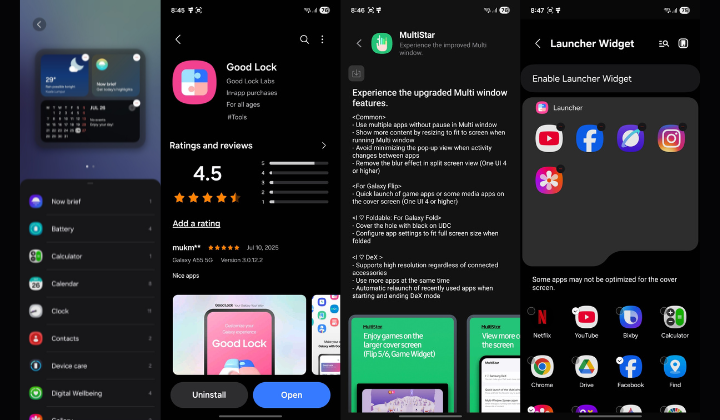
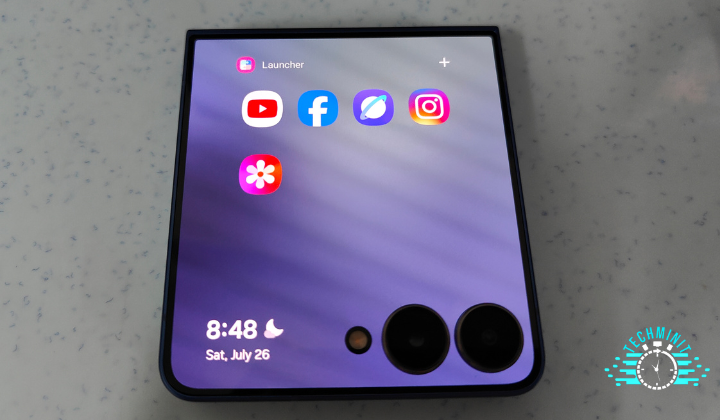
Besides that, there’s not much bloatware on this phone, and you can easily uninstall most of the pre-installed apps you won’t use.
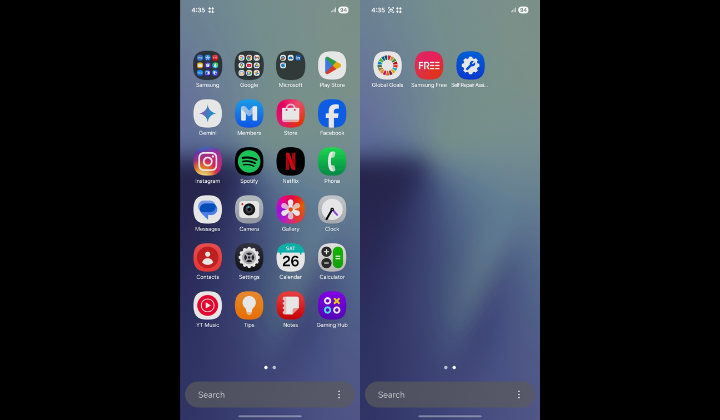
Samsung promises that the software will get up to seven major Android updates and security patches, so you don’t have to worry about the phone not getting supported few years down the road.
Worthy of your money?
With a starting price of RM3,999 for the 128GB model, the Z Flip7 is a compelling option for those who value portability and cutting-edge features.
It’s not without flaws though, battery life is merely adequate, and the Exynos chipset’s thermal performance is a concern, but its refined design, vibrant displays, and robust AI capabilities make it the best flip phone for most people.
The Z Flip7 strikes a fine balance between innovation and practicality. While it doesn’t reinvent the wheel, it solidifies Samsung’s position as a leader in the flip phone market, at least in Malaysia.
Should you upgrade from Flip6? Not really, unless you really want the bigger cover screen. But if you are still rocking the older Flip phones, then this is worth considering.
